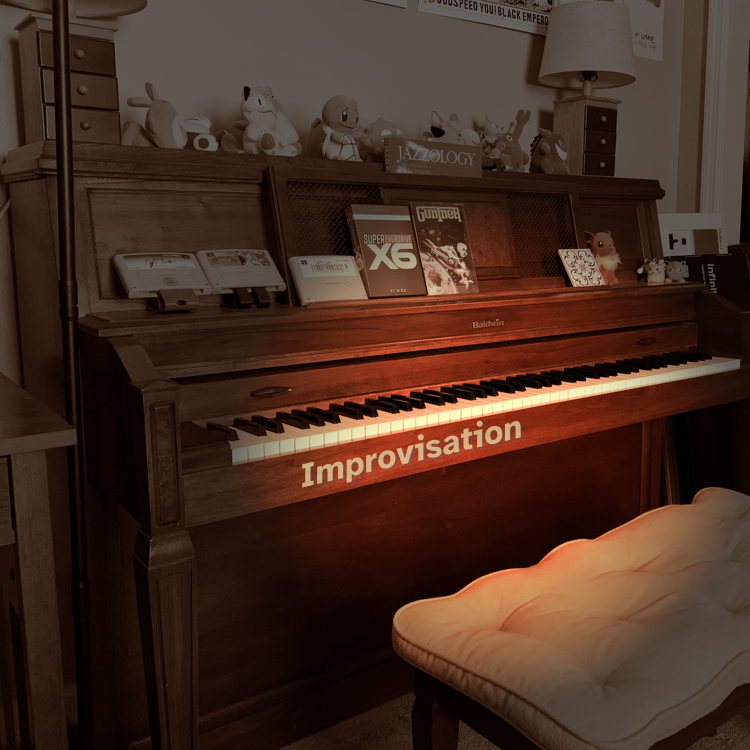::|CONTENTS
- Capabilities
- Quick set up
- Interface
- Sound design
- Composing
- Saving/exporting your masterpiece
- See also
From
Dead Hackers Society:
With version 2.5 of Musicmon, Dark Angel brings the tracker to the absolute elite when it comes to advanced YM effects and audio quality. Most things heard in maxYMiser and Magic Synth (Tao's tracker) can also be done in Musicmon. Version 2.5 also save your tunes into SNDH file format from within the tracker.
MusicMon is a native music tracker for the Atari ST line of home computers. Along with maxYMiser, it is one of the most viable options for modern AYM tracking.
Capabilities
SID sound, Syncbuzzer, and Digidrums are all supported within MusicMon. (see
I am new to ST YM trackers for a more detailed explanation on these)
Unlike
maxYMiser, MusicMon has a graphically intensive user interface and a separate screen for sound design, making it more intuitive and accessible to n00bs.
Quick set up
If you are new to ST emulation, follow the instruction there:
I am new to ST YM trackers.
If you're familiar with the ST already, just grab MusicMon from
Dead Hackers Society and unzip it to your hard drive directory. If you've used ST emulators with disk images only, you might want to follow the instructions for n00bs in the link above to properly set up the emulated ST hard drive.
Interface
The user interface is very graphical, with everything seeming to be accessible with the mouse.
Whenever confirmation is needed, a dialog box appears saying "Left - Oh no! / Right - Yeah!". This refers to the left and right
mouse buttons, not the arrow keys.
Sound design
Access the sound edit screen by clicking the magenta button at the right of the screen.
The grid at the top is the volume envelope (incorrectly labeled 'waveform') editor. Just draw it yo!
Below is the sound selector. This is where you select which sound you edit. You can also rename your sound here. There are two options for sound -- "Sound" and "Noise".
Below is the copy function. At the right of the copy button you can set the source and destination.
Below that is the mixer section, where you mute on/off the different sound sources (tone/noise), adjust noise freq.
<<More to be added>>
Composing
The basic use of MusicMon is rather straightforward for an experienced tracker user.
Controls:
- Play/Stop:
Tab
- Toggle record on/off with the ST
Undo key (this key not being present on modern keyboards, it is mapped by default to
Page Down if you're using Steem).
Pattern editing:
- 2 octaves on the keyboard.
- Change octaves with keys F1-F4
- Pressing
Return allows to edit a row character by character.
-
Space erases the note and goes down a row and acts much like how the Delete key would in something like Famitracker.
-
Delete erases the note above and acts much like how Backspace would in the aforementioned.
Saving/exporting your masterpiece
MusicMon can save projects to its own format, .SNG, and export to .SNDH. Note that whilst it can "save" to the latter format (as seen in the program), it cannot load them, hence the usage of the word export.
The disk operations menu is on the top left of the screen. The basic logic is simple: click SAVE or LOAD, then click on the button corresponding to what you want to save/load.
SONG: Optimized project file, removing all unused instrument and pattern data.
ALL: Uncut project file, including all unused data.
PAT: Pattern data, saved to a .PAT file. Loading one into an existing song replaces the first pattern and all instruments used in said pattern data(for example, instruments 00 and 01 would be replaced if they were in the pattern).
SND: .SND...export? Only exports a broken .SNDH format file. Dunno what this could be...possibly legacy .SND export functionality?? Not to be confused with the below button.
SNDH: .SNDH export. Extension is .SND because the filesystem allows only 3 letters for the extension.
KIT: Instrument data, saved to a .KIT file. Loading one into an existing song replaces each instrument in the song with the one within the kit file up to a limit(for example, if there's 20 instruments in a song and 10 in a .KIT, only 10 of the instruments in the song -- the first ten, to be precise -- will be replaced).
SAM: sample
MOD: haven't found what it does but it doesn't export to a valid amigamod file.
In short, to save your song, click
SAVE, then
ALL. A file selector will appear where you can browse or enter the name of the file to save. To go to the parent directory, click the square button below the drive letter.
Assuming you're using an emulator and you've saved to the ST hard drive, you can test your .SNDH in Windows or Linux by opening it with one of the valid players (see
aym (format)).
See also
-
I Am New to AYM
-
aym (format)
-
.snd (file)
-
Tracker


